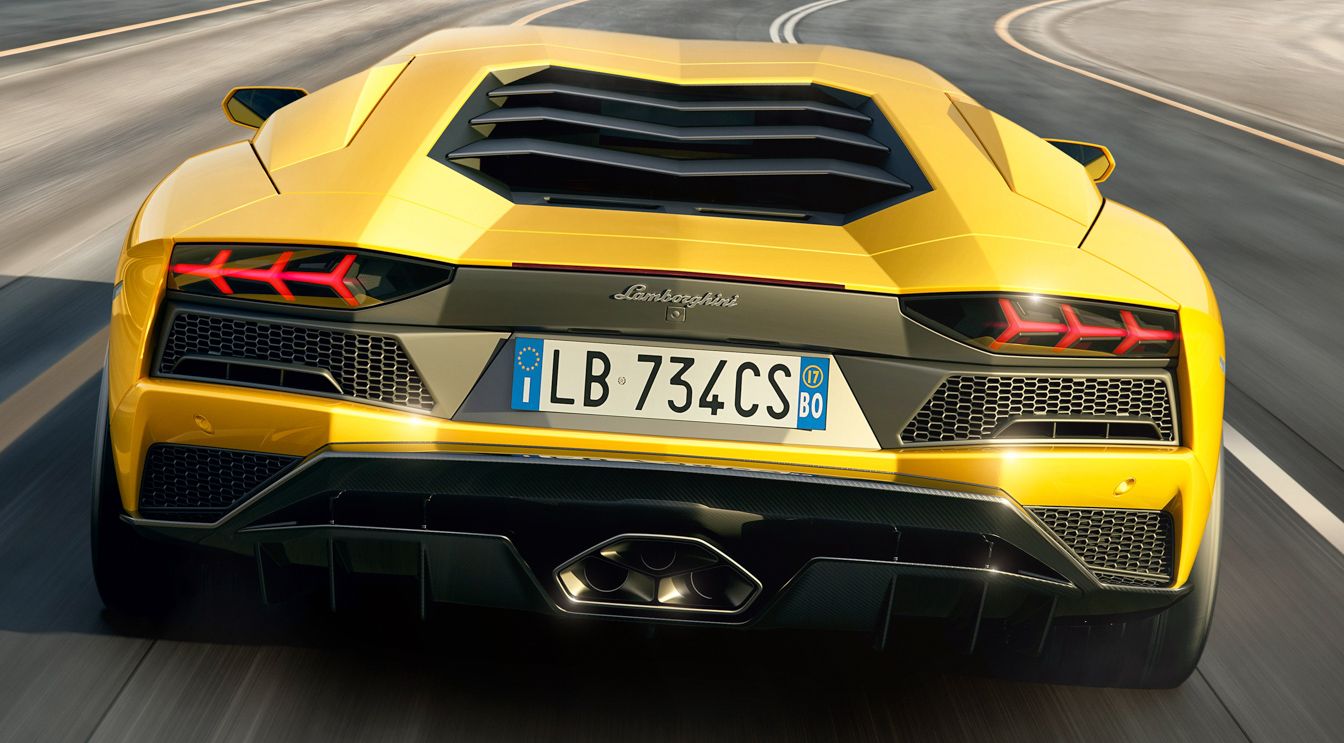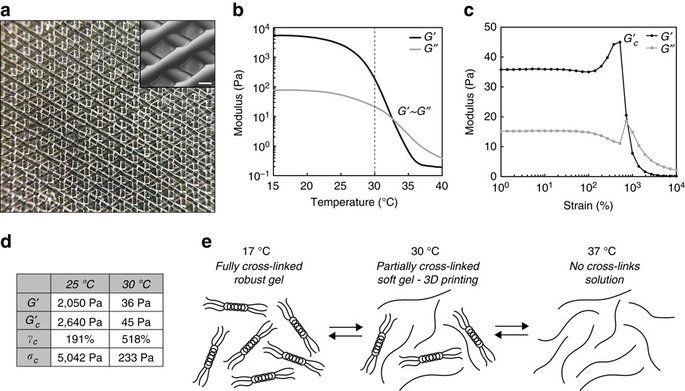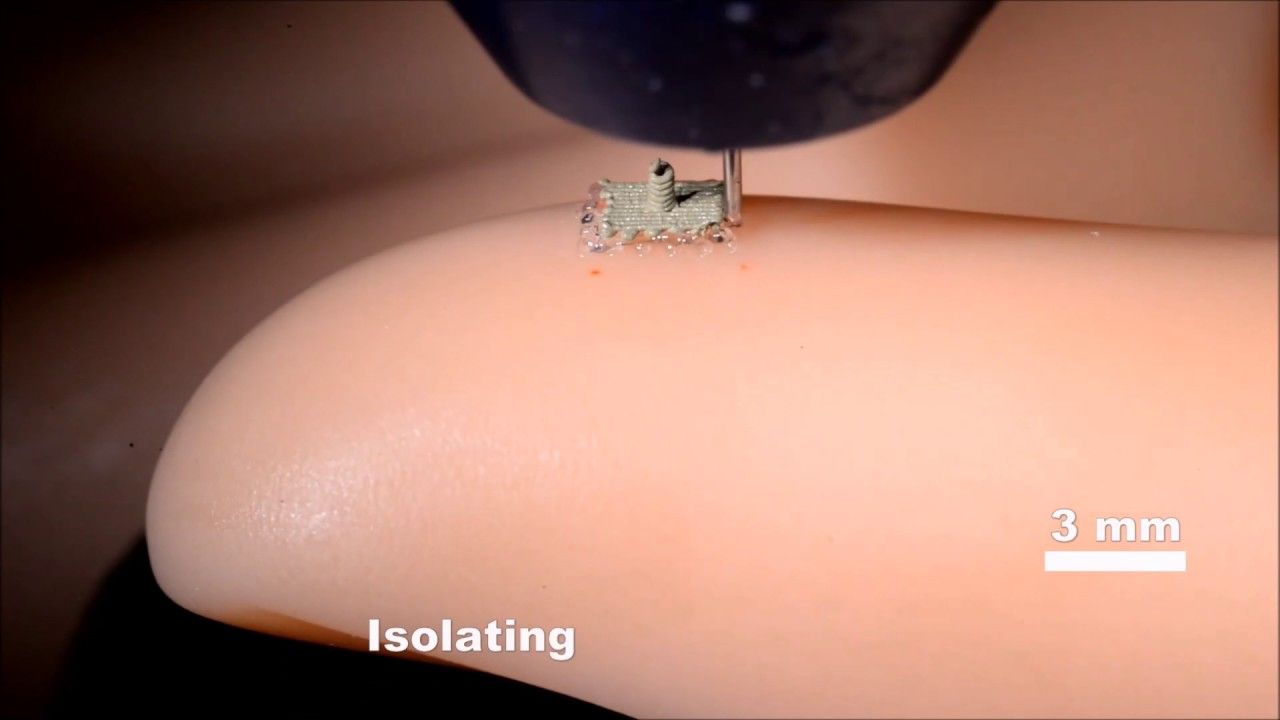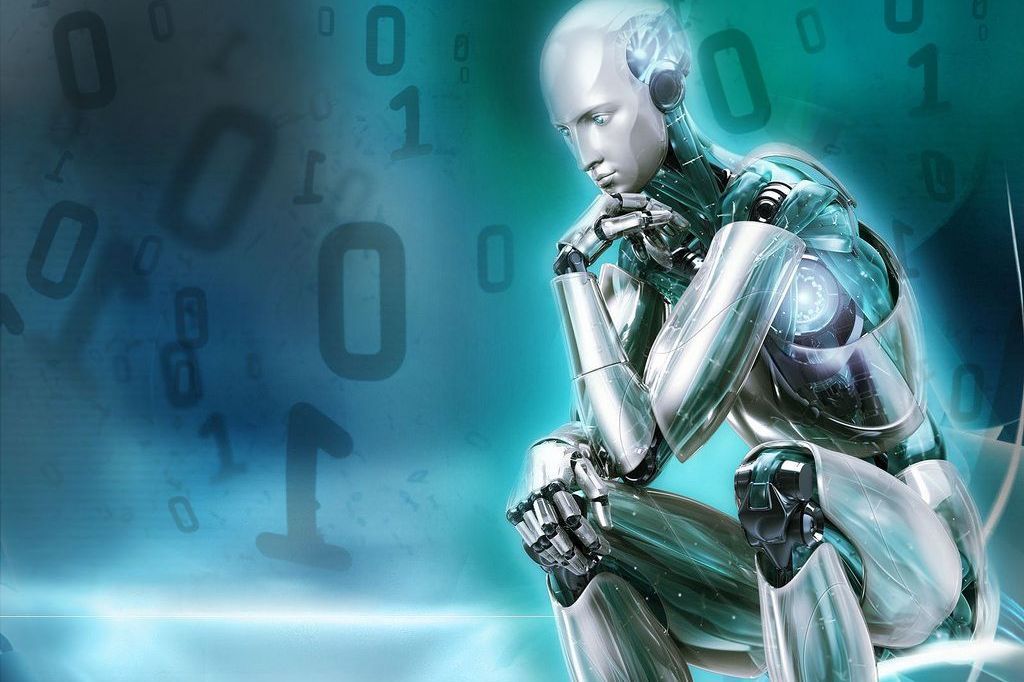The age of the cyborg may be closer than we think. Rapidly improving medical robotics, wearables, and implants means many humans are already part machine, and this trend is only likely to continue.
It is most noticeable in the field of medical prosthetics where high-performance titanium and carbon fiber replacements for limbs have become commonplace. The use of “blades” by Paralympians has even raised questions over whether they actually offer an advantage over biological limbs.
For decades, myoelectric prosthetics—powered artificial limbs that read electrical signals from the muscles to allow the user to control the device—have provided patients with mechanical replacements for lost hands.









